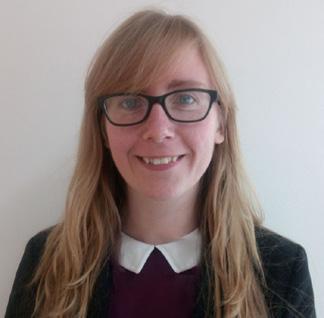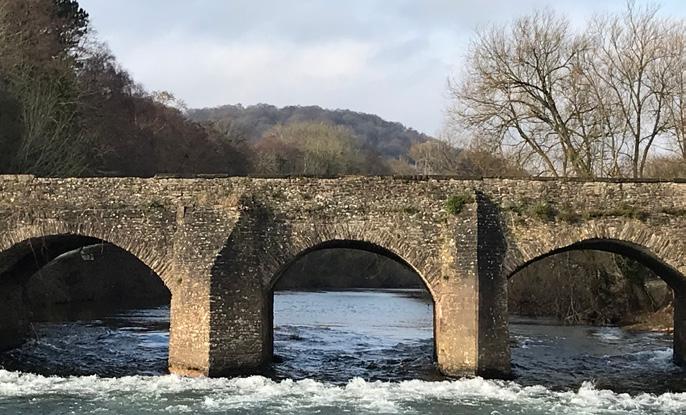LOOKING BEYOND DISSOLVED ORGANIC CARBON TO UNDERSTAND WATER TREATABILITY Cranfield University and Anglian Water have been working together under the umbrella of a strategic partnership to identify what the Water Treatment Works (WTWs) of the future will look like in the current context of water resilience, climate change, variable water quality at source and sustainability. particularly in the presence of alkalinity which discourages pH optimisation from a sustainable and cost perspective. Our research has focused on the characterisation of these lowland sources and the efficiency of conventional and new processes in removing organic matter. This effort is based on the evidence collected over recent years showing that the organic compounds in 5 mg/l DOC in a reservoir in the eastern Anglian region are different to those in 5 mg/l DOC in a river in the western part of the region.
by Dr Irene Carra
Lecturer in Chemical Processes, Cranfield University This long-term research is framed by the Water Resources Management Plan and aims at tackling current and future challenges with an integral approach, including organic matter, pesticides and other micropollutants, disinfection and disinfection by-products, biomonitoring and algae, amongst others. Part of this strategic programme is dedicated to the understanding of organic matter at source. Not all organic matter is the same and this research investigates two connected tracks –organic matter characterisation and its treatability. Anglian’s surface waters are characterised as lowland sources, where organic matter has input from agricultural and anthropogenic sources. They contain low to medium Dissolved Organic Carbon (DOC) concentration and high ionic content, including alkalinity. Whilst lowland waters’ organic content may be lower than upland sources, it can be more persistent to conventional coagulation,
26
instituteofwater.org.uk
Sophisticated analytical techniques are used to provide information on molecular weight distribution, size, charge density or fluorescence, which in combination can provide a treatability profile for each source. An additional driver to characterise organic matter and its treatability is the future complex movement of large volumes of water across the region through a strategic pipeline to increase water resilience, with new water blends from different sources that may require advanced treatment.
Suspended Ion Exchange for lowland waters not amenable to conventional treatment One of the water sources that has been studied as part of this research is the River Trent, a lowland river known to be difficult to coagulate, from which Hall WTW directly abstracts water to provide drinking water to the Lincoln area, and which will be part of the new strategic pipeline to move water across the region. A characterisation campaign has been undertaken over three years, capturing seasonality, and creating the fingerprint that represents the River Trent at the point of abstraction.
Due to its challenging water quality, the River Trent has also been used to test new technologies for the removal of organic matter. Suspended Ion Exchange (SIX), patented by PWNT (Netherlands) has been available on the market for a few years as treatment for organic matter, quite often in combination with conventional coagulation. It is based on a fluidised bed process which uses a resin with high affinity for organic matter. The resin is separated in a clarifier due to its settleability properties and regenerated with chloride as a counterion. Although there is an overlap in the organic compounds SIX and coagulation can remove, they also target different organic fractions based on charge, size and hydrophobicity, which is why characterising organic matter becomes paramount to understand a source’s treatability. Although this type technology has been more widely explored for upland waters, SIX’s efficiency for lowland sources such as the River Trent has been less explored, particularly where coagulation is not a suitable treatment. An 8-month SIX pilot trial was carried out at Hall WTWs to understand the potential of this technology for lowland sources not amenable to coagulation. It ran alongside onsite treatment for organic matter, GAC filters, to treat the River Trent’s water (Figs 1 and 2). During the first five months of the trial, the GAC filters removed ca 60% DOC in the raw water, with certain variability around regeneration times. SIX removed up to 70% DOC with a consistent treated effluent concentration. Despite DOC removal being only 10% higher with SIX, the specific organic compounds








